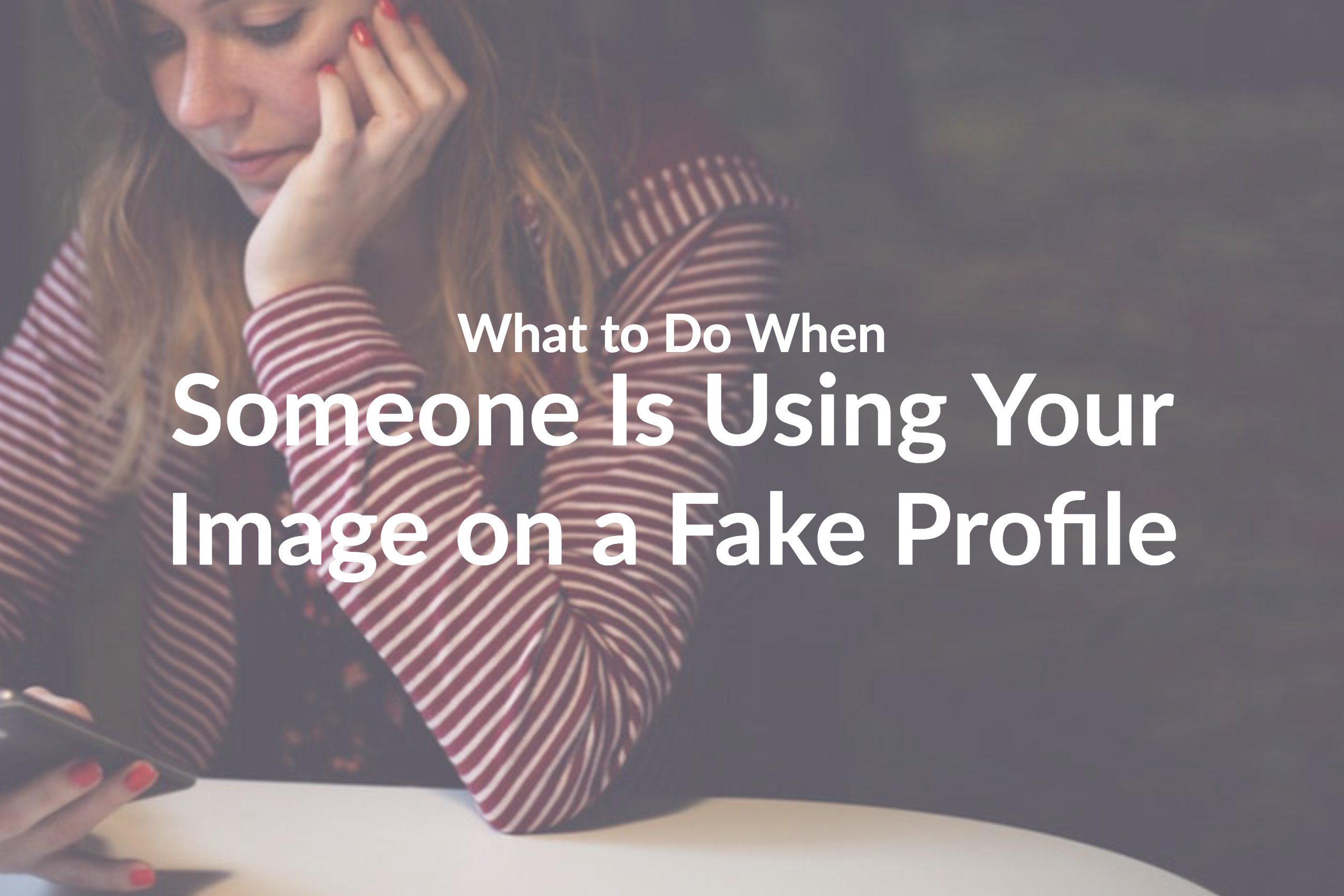How to Identify Scammer Pictures with Berify
Performing a reverse scammer pictures search with Berify may reveal the person(s) behind the fake email address or account.
As soon as we use became common, people began using it to scam and trick the innocent. Until recently, such crimes often let scammers prevail, as even educated internet users unknowingly had their trust taken advantage of.
Thankfully, new methods to reverse search a scammer’s photographs and information have emerged. If you have been scammed, catfished, phished, or tricked it is never too late to unmask who your scammer is and give the information to the authorities.
Even when internet crimes are solely romantic or no monies were stolen, victims are devastated and want justice. Often good people have hard earned money taken, thinking they were providing financial assistance to a love interest or trusted friend.
Those who are scammed or catfished in this way believed their scammer was a genuine, caring person. Even if you aren’t interested in your scammer being charged with a crime, it is normal to want more information. Let’s explore how you can unmask your scammer.
Performing a Scammer Pictures Search with Berify
1) Email Address
First, try entering your scammer’s email address into a search engine like Google. Look for any reports others have made about the same email address, as this may give you additional information. Also, look for email address matches where the scammer may have posted on message boards, etc.
If Google doesn’t bring you the results that you desire, go to Social Catfish as they use a specialized algorithm which analyzes the results from multiple search engines. On Social Catfish you can also search by name, email, phone number, username, image, or some combination of each, as well as by specific country.
2) Social Media
Search for the scammer by email address or name (however, be aware the name you were given is probably fake, and you will likely have better luck searching by email address) on Facebook, Instagram, Google Plus, and Twitter. If you have already signed up on Social Catfish, you can search by username which may pinpoint your scammer’s multiple accounts.
3) I.P. Address
While some email providers anonymize sender’s IP addresses (such as Gmail), you can often view the headers from an original email by looking at the message source. Even if this works, at most it will give you a geographic area for the message, not the sender’s actual home address, etc.
4) Reverse Image Search
You may or may not have received images of the scammer you were communicating with. Some romantic scammers use their real photos, for ease of use, while providing lies about their lives or needs. However, most scammers use photos they have stolen from Google. By doing a comprehensive reverse image search on Berify, you will see if their picture(s) matches any others.
This might lead you to social media accounts, web pages, complaints by others, or additional photographs belonging to the scammer or the person they stole images from. If you do find the photos lead you to an entirely different person who has also been a victim of the scammer – through their photos being used – consider warning them, so they can make their accounts private in future.
In Closing
Though technology and account verifications seek to limit such trickeries in advance, cons persist. In 2018 alone, the number of scams still found on the internet was immense.

These ranged from phishing scams, Nigerian scams, fake bank loan and credit card scams, identity theft, dating site/romance scams, phony software (antivirus, etc.), rental scams, bitcoin scams, fake job offers, money requests, lottery/winning scams, timeshare scams, gift card scams, and more. The adverse effect of internet scams is significant enough that the FBI and Federal Trade Commission (FTC) devote entire web pages to educating the public.








